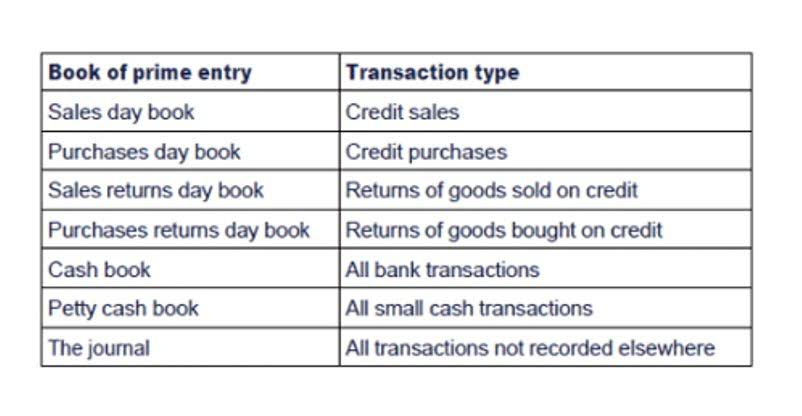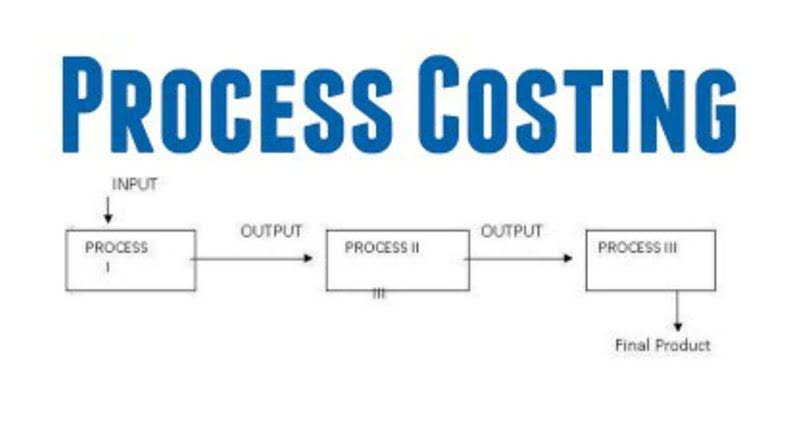Operating Margin: What It Is and the Formula for Calculating It, With Examples

It may indicate a problem if a company has a profit margin of 5% or under. According to NYU Stern School of Business, the companies in the U.S. with the highest profit margins, as of Jan. 2024, are banks, oil and gas producers and explorers, and tobacco companies. In essence, the profit margin has become the globally adopted standard measure of the profit-generating capacity of a business and is considered a top-level indicator of its potential. It is one of the first few key figures to be quoted in the quarterly results reports that companies issue. Businesses and individuals around the globe perform economic activities with the aim of making a profit. Numbers like $X million in gross sales or $Y million in earnings are useful but don’t address a business’s profitability and comparative performance.
- Whether you’re calculating your profit margin to complete financial projections or create a business budget, you also need to understand what those results mean.
- Net profit margin is a key financial metric indicating a company’s financial health.
- Just like gross and operating profit margins, net margins vary between industries.
- Pretax profit margin is essentially the same as operating profit margin, except now you’ll include interest (both expenses and income).
- Sometimes this is unavoidable; you will need to pay for supplies, website hosting, employee salaries, and many other expenses.
Using Profit-Margin Ratios
Overall, though, a 5% margin is low, a 10% margin is average, and a 20% margin is good or high. So try to target a net profit margin between 15% and 20% in your business. To calculate a company’s net profit margin, subtract the COGS, operating expenses, other expenses, interest, and taxes from its revenue. Then, divide this figure by the total revenue for the period and multiply by 100 to get the percentage. One of the best ways to look at sales profitability as well as the overall financial health of your business is by calculating gross margin ratio. Monica’s investors can run different models with her margins to see how profitable the company would be at different sales levels.
Net Profit Margin Template
As a general rule, higher gross profit margins indicate more profitable companies. A high ratio suggests that the company is not spending too much of its revenues on production expenses like salaries and raw materials. It provides the final picture of how profitable a company is after all expenses, including interest and taxes, have been taken into account. A reason to use the net profit margin as a measure of profitability is that it takes everything into account. A drawback of this metric is that it includes a lot of “noise” such as one-time expenses and gains, which makes it harder to compare a company’s performance with its competitors. Excluded from this figure are, among other things, any expenses for debt, taxes, operating, or overhead costs, and one-time expenditures such as equipment purchases.
How do you calculate gross margin ratio?
Producers of luxury goods and high-end accessories can have a high profit potential despite low sales volume, compared with the makers of lower-end goods. A very costly item, like a high-end car, may not even be manufactured until the customer has ordered it, making it a low-expense process for the maker, without much operational overhead. Since they belong to different sectors, a blind comparison based solely on profit margins would be inappropriate. Profit margin comparisons between Microsoft and Alphabet, and between Walmart and Target, are more appropriate. The contribution margin is the amount of revenue in excess of variable costs. One way to express it is on a per-unit basis, such as standard price (SP) per unit less variable cost per unit.

What Is Gross Profit Margin?
Looking at Microsoft’s financial information above, the company posted a 45.6% net income margin in 2020 and 52.8% net income margin in 2021. Therefore, though 37% may sound high, performing comparative margin analysis may reveal potential trends or downturns. A company’s margins are its earnings expressed as a ratio or a percentage of sales. This percentage can be used to compare the profitability of different companies. Net earnings, which are presented as an absolute number, aren’t useful for comparison. Total revenue or total sales includes all the money a company earned from its operations during the period and is typically the first number listed on the income statement.

Using profit margin is an easy way to compare your business with others in your industry. The major difference between the two calculations is that gross profit margin (or the gross margin ratio) concentrates exclusively on profitability from sales alone. The gross margin ratio measures the amount of funds retained after products and services have been sold. The gross margin ratio is important because it focuses strictly on product/service profitability, essentially letting you know if you’re making enough money from selling your products and services. They show how well a company utilizes its assets to produce profit and value to shareholders.
Limitations of Net Profit Margin Ratio

Let’s take a look at how to calculate gross profit and what it’s used for. Variable costs are any costs incurred during a process that can vary with production rates (output). Firms use it to compare product lines, gross margin accounting such as auto models or cell phones. The ratio indicates the percentage of each dollar of revenue that the company retains as gross profit. Is there software you can use to collect and organize customer information?

Suppose your business makes $100 in revenue and it costs $10 to make your product. If you make more than one item — or offer more than one service — you can either average the costs of making each product or calculate a separate gross margin for each one. Your net income can also be defined as your gross revenue minus pretty much all of your costs, including the cost of goods sold (COGS), operating expenses, interest and taxes. Last, Microsoft paid income taxes and had several income statement lines that further reduced the amount of net income it earned. Rounding up, this left Microsoft with roughly 37% of its total gross revenue. This means that for every dollar that Microsoft sold, it ultimately kept $0.37 after factoring in costs.

